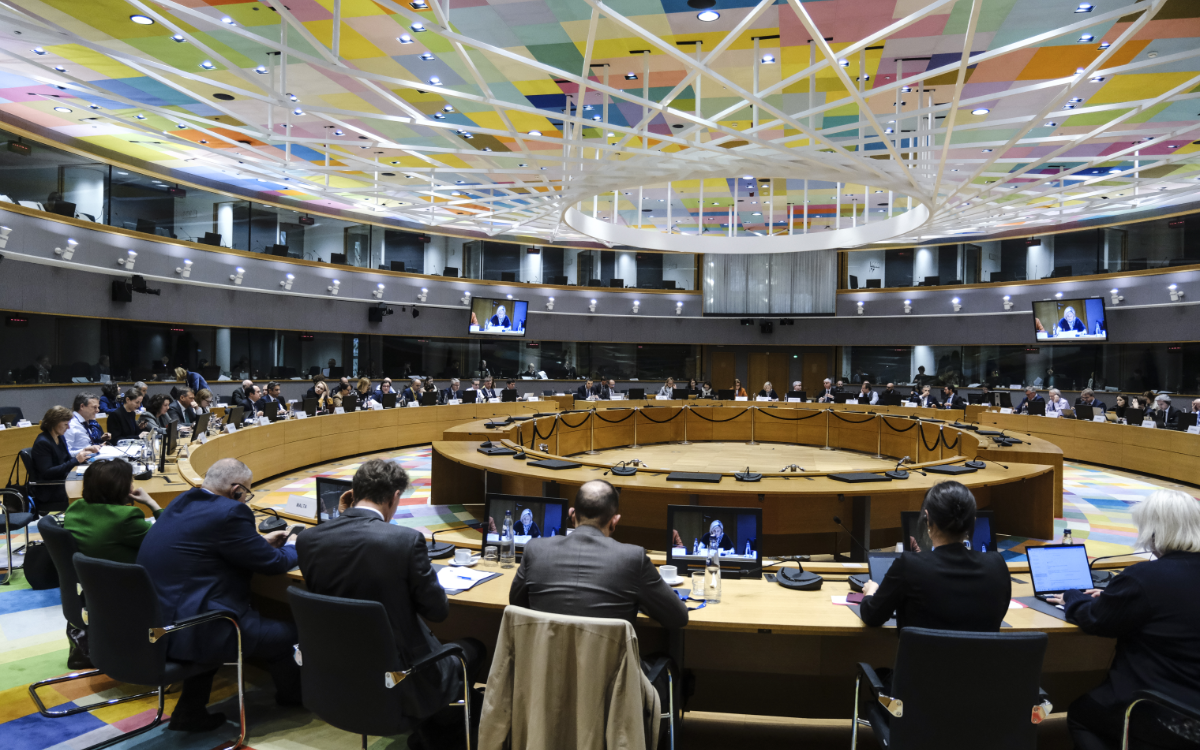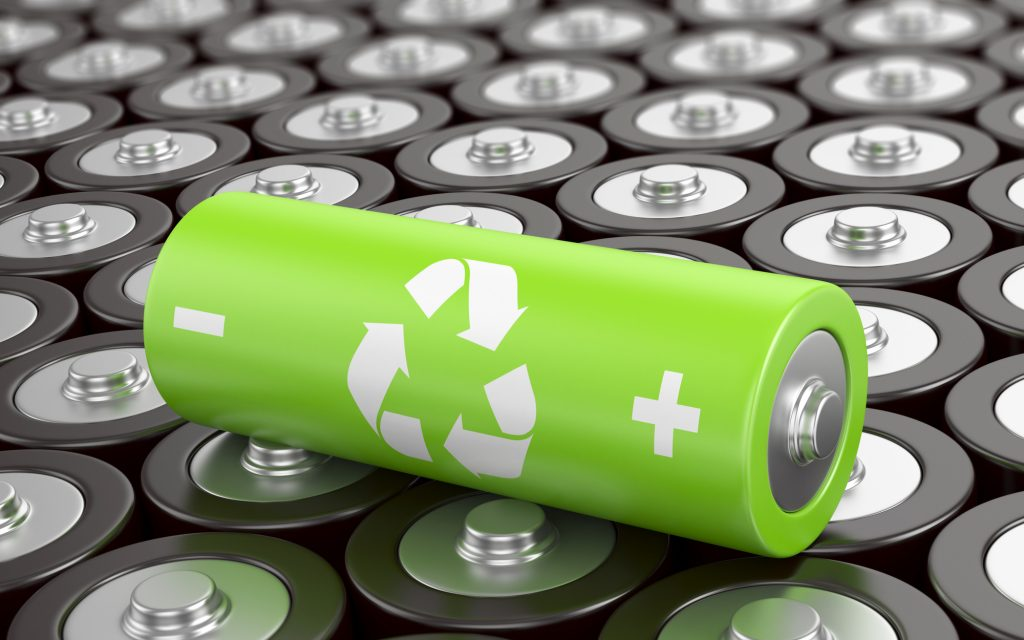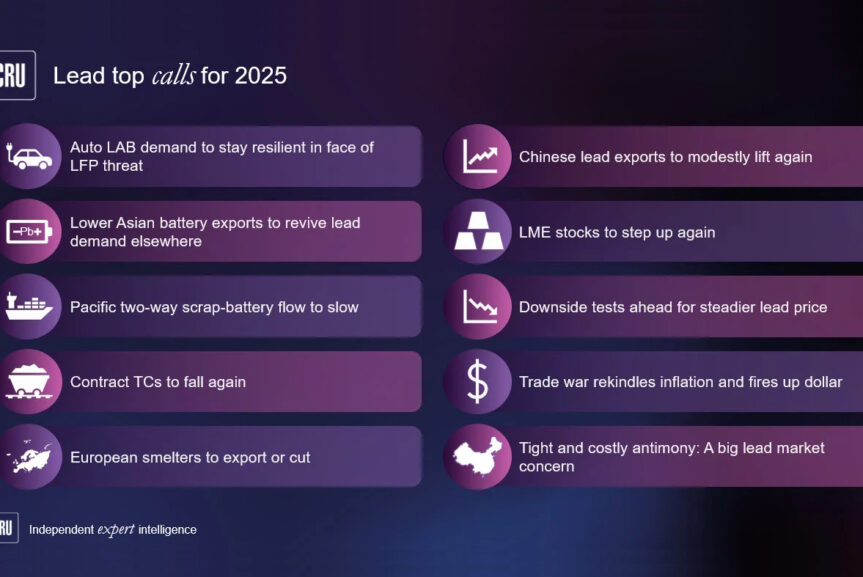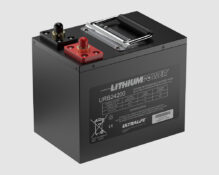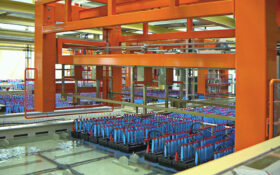The EU Council has given approval for new, lower lead exposure protection limits.
The new rules include a revised binding workplace occupational exposure limit for lead in air of 0.03mg/m3 and a biological limit value for lead in blood of 15µg /100ml. There is new guidance to protect female workers of childbearing age.
The update replaces 40-year EU workplace air lead limits of 0.15mg/m3 and for employees to have blood lead levels of no higher than 70µg/100ml blood.
The International Lead Association (ILA) and the Consortium for Battery Innovation are holding their lead battery conference, ELBC, in Milan in September. ILA spokesperson Hywel Jarman said he expects discussion of the new rules to be included in the conference’s regulatory workshop run by Dr Steve Binks, the ILA’s senior regulatory affairs director. He will also address the EU’s batteries regulation.
EU policymakers have granted a transition period and the limit value of 30µg/100ml blood will apply until the end of 2028. Special medical surveillance provisions have also been developed for workers who may have been occupationally exposed to lead over several years, it said.
Binks said: “As an industry we have long adopted ambitious voluntary guidelines for the reduction of lead exposure for employees in our member companies because the prevailing legislative limits were outdated and not reflective of the available health science or modern exposure controls.
“Our guidelines have seen the average blood lead values for employees in ILA companies fall in 2022 to 11.85µg of lead per 100 ml blood and most companies are well on target to meet the EU’s new biological exposure limits.”
He added the new EU binding occupational exposure limit for lead in air of 0.03mg/m3 that will need to be adopted by EU member states by 2026 will create unnecessary compliance costs for the battery industry and other lead-using supply chains. And it will not achieve significant health benefits, he claimed.
The directive will be published in the Official Journal of the EU. It will enter into force 20 days after publication.
The ELBC conference will cover updates on the global lead battery industry, from automotive to energy storage applications plus batteries for motive power, industrial and micro-mobility.

